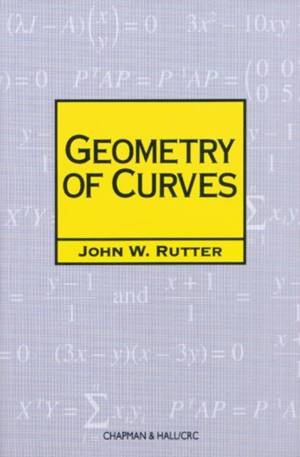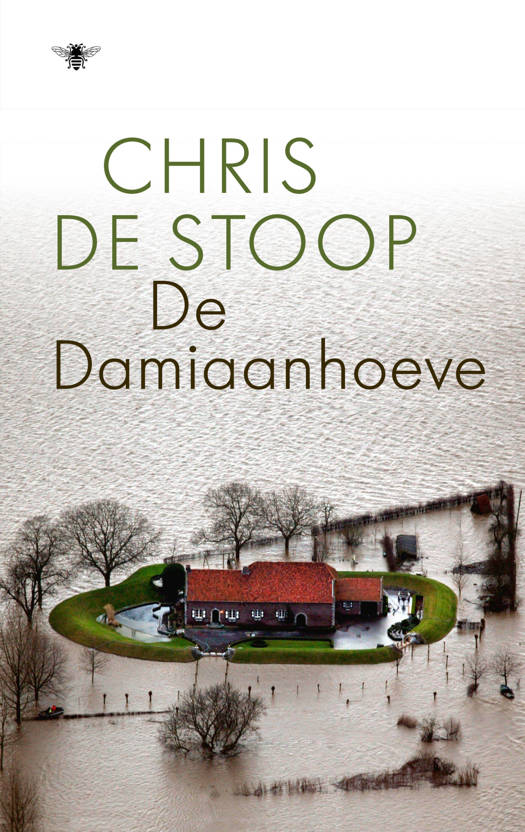
- Afhalen na 1 uur in een winkel met voorraad
- Gratis thuislevering in België vanaf € 30
- Ruim aanbod met 7 miljoen producten
- Afhalen na 1 uur in een winkel met voorraad
- Gratis thuislevering in België vanaf € 30
- Ruim aanbod met 7 miljoen producten
Zoeken
€ 152,95
+ 305 punten
Uitvoering
Omschrijving
Interest in the study of geometry is currently enjoying a resurgence-understandably so, as the study of curves was once the playground of some very great mathematicians. However, many of the subject's more exciting aspects require a somewhat advanced mathematics background. For the "fun stuff" to be accessible, we need to offer students an introduction with modest prerequisites, one that stimulates their interest and focuses on problem solving. Integrating parametric, algebraic, and projective curves into a single text, Geometry of Curves offers students a unique approach that provides a mathematical structure for solving problems, not just a catalog of theorems. The author begins with the basics, then takes students on a fascinating journey from conics, higher algebraic and transcendental curves, through the properties of parametric curves, the classification of limaçons, envelopes, and finally to projective curves, their relationship to algebraic curves, and their application to asymptotes and boundedness. The uniqueness of this treatment lies in its integration of the different types of curves, its use of analytic methods, and its generous number of examples, exercises, and illustrations. The result is a practical text, almost entirely self-contained, that not only imparts a deeper understanding of the theory, but inspires a heightened appreciation of geometry and interest in more advanced studies.
Specificaties
Betrokkenen
- Auteur(s):
- Uitgeverij:
Inhoud
- Aantal bladzijden:
- 380
- Taal:
- Engels
- Reeks:
Eigenschappen
- Productcode (EAN):
- 9781584881667
- Verschijningsdatum:
- 23/02/2000
- Uitvoering:
- Paperback
- Formaat:
- Trade paperback (VS)
- Afmetingen:
- 156 mm x 238 mm
- Gewicht:
- 553 g

Alleen bij Standaard Boekhandel
+ 305 punten op je klantenkaart van Standaard Boekhandel
Beoordelingen
We publiceren alleen reviews die voldoen aan de voorwaarden voor reviews. Bekijk onze voorwaarden voor reviews.











